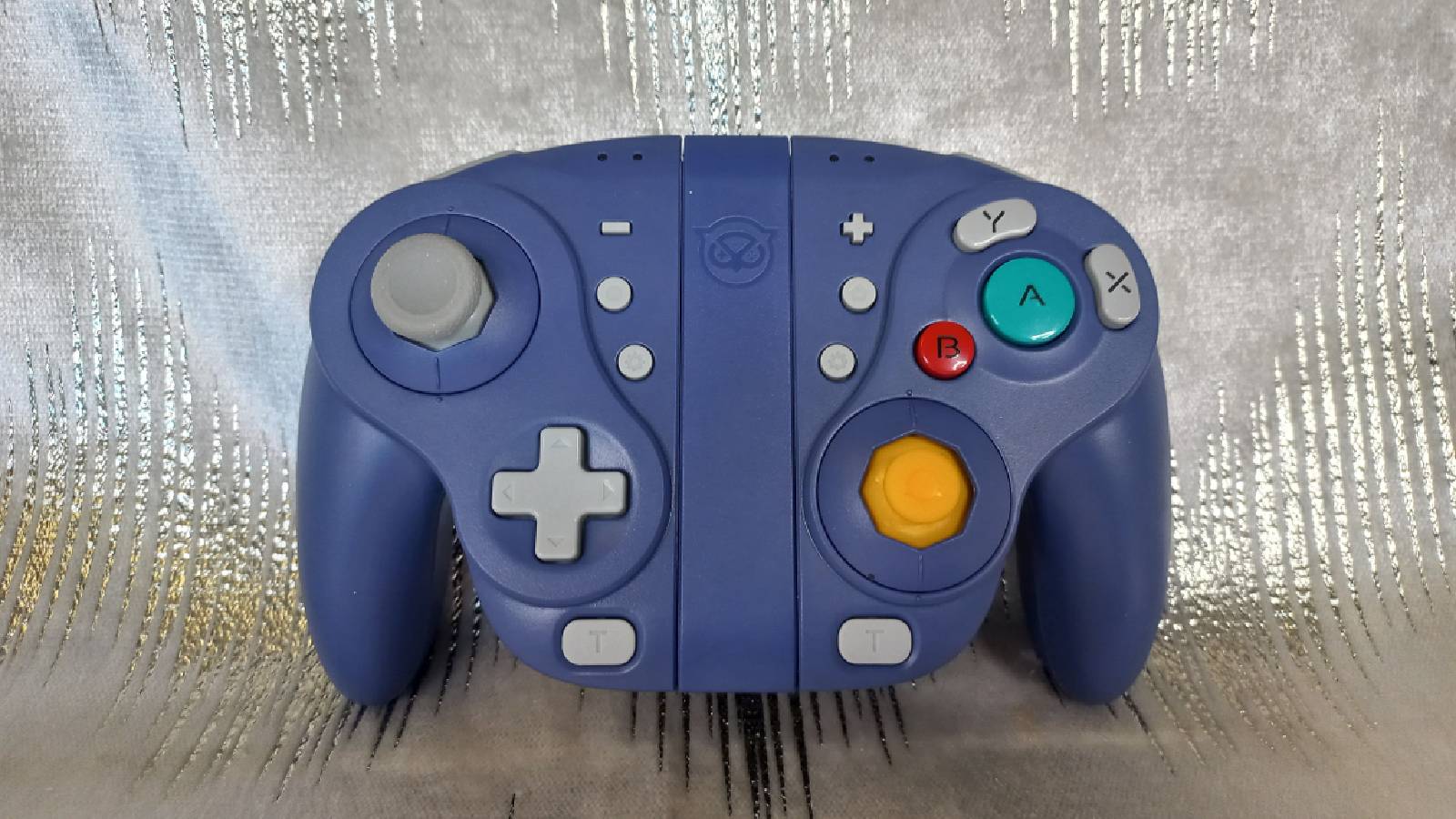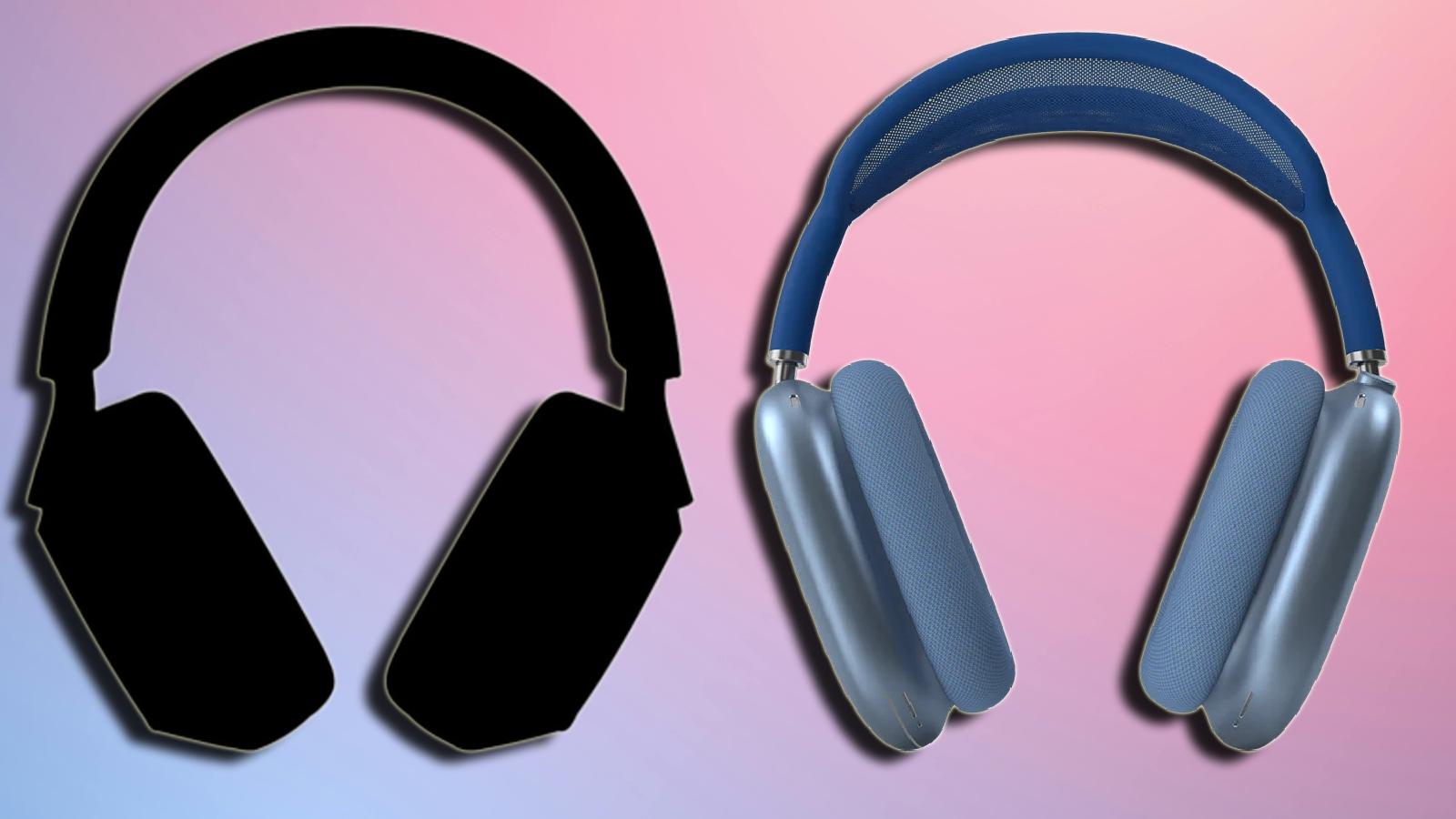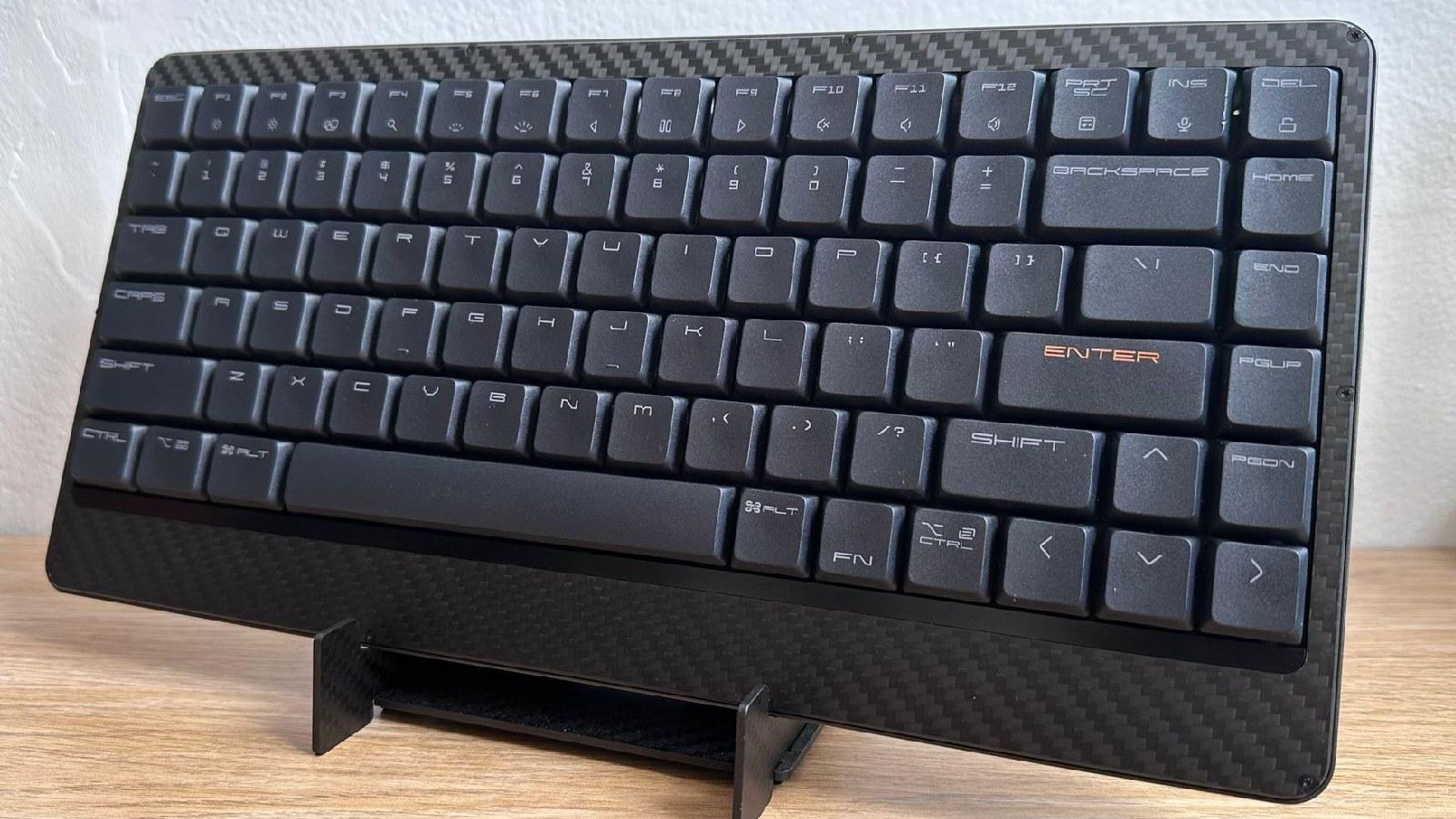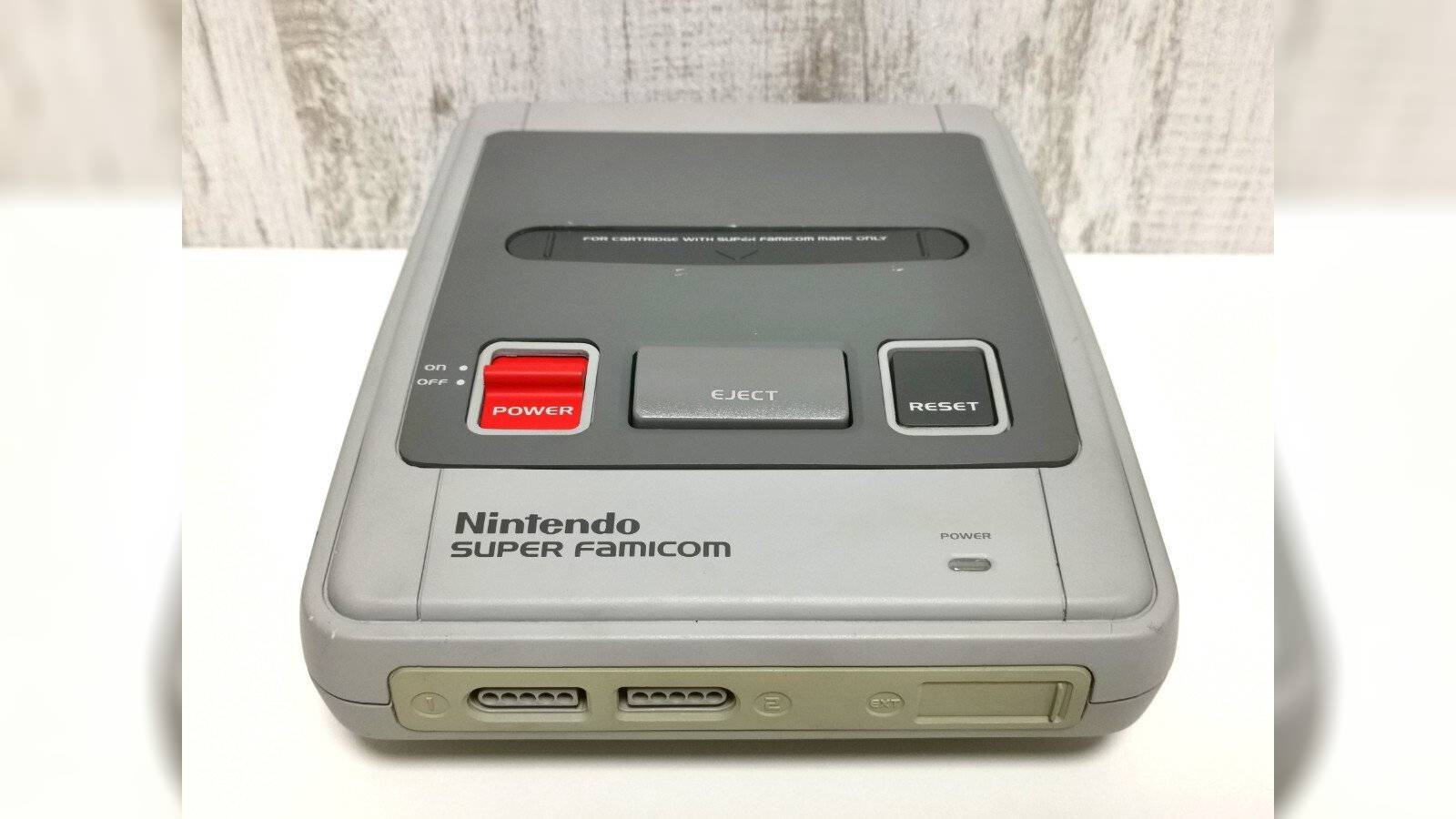Why an Xbox handheld might not be the home run Microsoft needs

With rumors swirling about a potential Xbox handheld, I’m left a little bit skeptical of the idea, as the company could face stiff competition in the increasingly crowded market.
Gaming handhelds are all the rage, from high-powered handhelds like the Steam Deck and ROG Ally, all the way to pint-sized portable like the Miyoo Mini, it’s pretty safe to say that portable gaming is undergoing somewhat of a renaissance.
With rumors swirling over a potential handheld coming from the Xbox camp, I can’t help but feel that no matter how the device is positioned, Microsoft will face some pretty stiff competition, given the sheer number of devices out there. NotebookCheck and others have reported rumors that a “Switch-like” Xbox handheld is on the way, and is currently being prepared by the same hardware team that handles the Microsoft Surface lineup of laptops.
While this is one of the first rumors we’ve heard about the potential console, there’s a lot to speculate about here, especially the comment about the device being “Switch-like” in nature.
Competition is everywhere
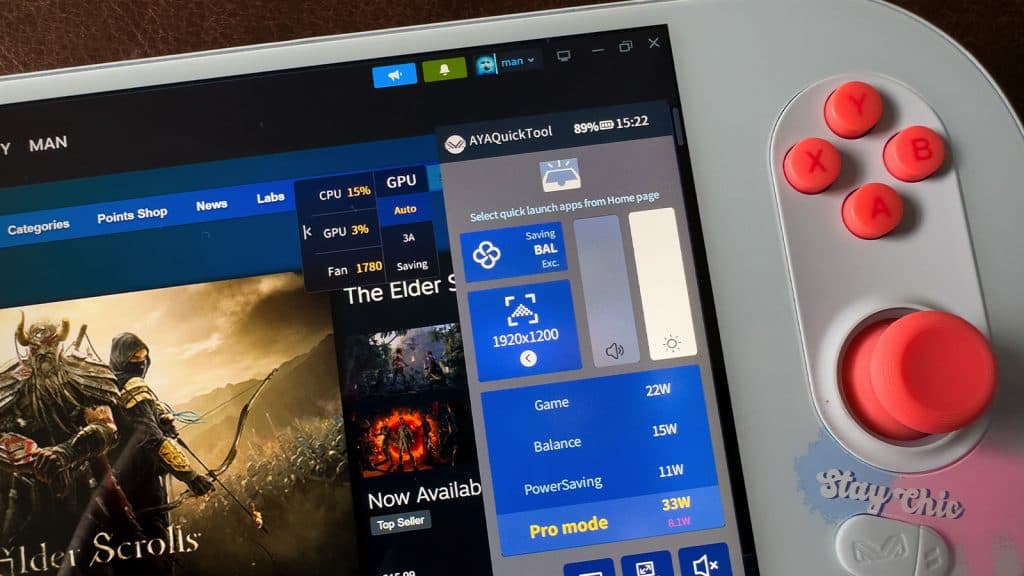
If you were to go out and buy a Steam Deck right now, you might find that you can’t play Xbox Game Pass games on it natively. This is due to Microsoft using something named UWP on Windows, which means that titles don’t play well directly on Valve’s Linux-based handheld. One angle where Microsoft may have an angle in the market is to have the Xbox handheld as a portable machine that allows you to play Game Pass titles on the go.
There’s only one problem: Competitors running Windows can already do the exact same thing, with devices like the ROG Ally dropping to just $400 in recent sales. There are a wealth of different configurations of handhelds that run incredibly similar hardware, so for Microsoft to stand out in this competitive segment, they might have to take a page out of Valve’s playbook and subsidize the hardware to boost sales on the Xbox platform. As we’ve seen from premium brands like Ayaneo, prices can often rack up quick.
Windows might need an overhaul
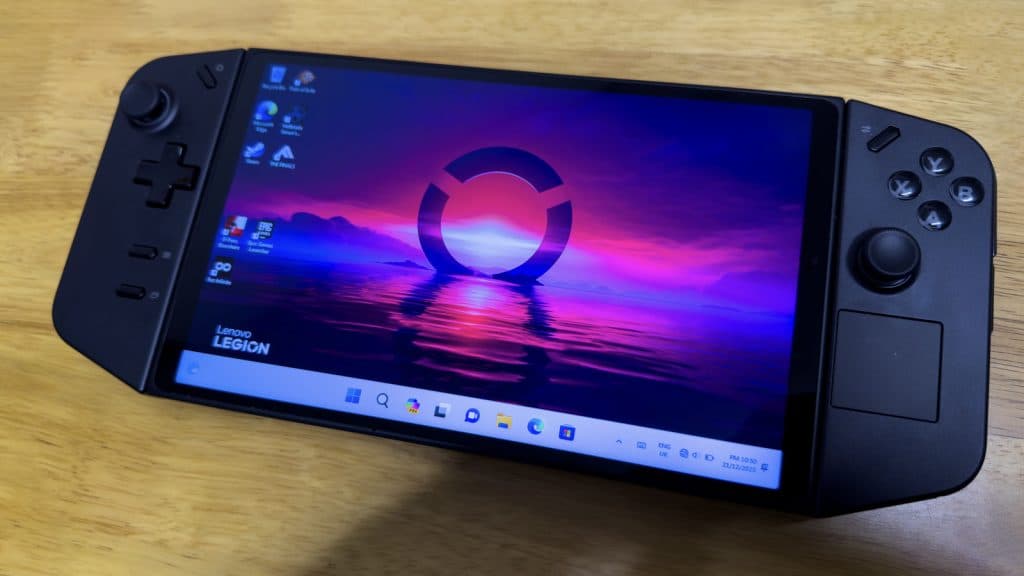
Secondly, given that the rumor states that Microsoft’s Surface team is working on the device, you can assume that the company will want to run a version of Windows on the handheld. But, right now, Windows doesn’t have a handheld-friendly UX. This might change, as we do know that the company is aiming to accommodate this new class of devices.
Functions like TDP management, framerate limiters, and shortcuts all need to be considered if the company wants to make a potential Xbox handheld the best place to play Xbox games while on the go. But, if Microsoft wants to go down the cheaper route, they might also consider a cloud device.
Cloud handhelds need something extra
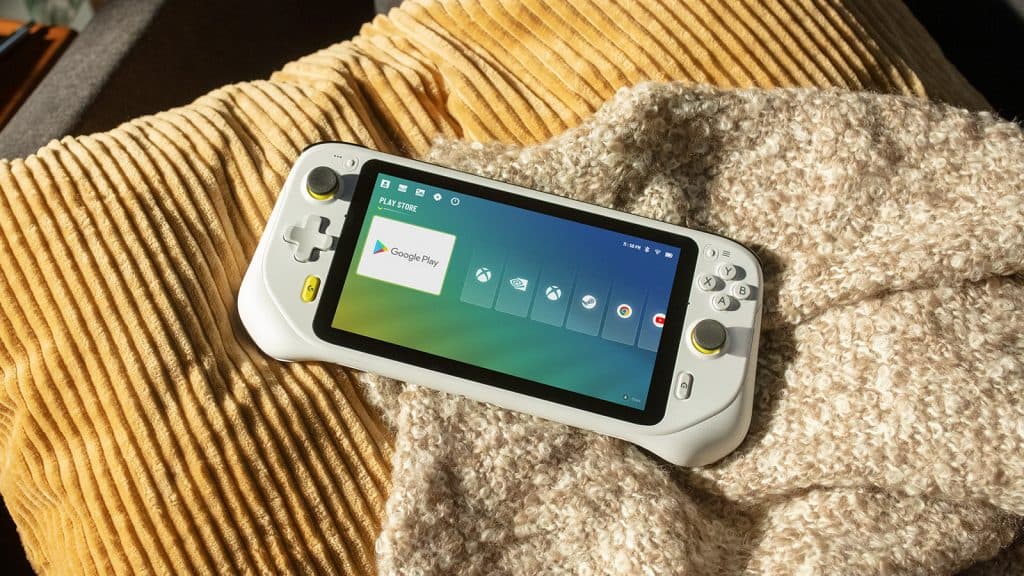 Logitech
LogitechIf Microsoft were to consider creating a cloud-based handheld, then we can look at the reception to Logitech’s G Cloud, or the Sony PlayStation Portal. Both devices have had a relatively muted reception, meaning that if Microsoft were to make a handheld that relied on making use of the Xbox Cloud Streaming Beta, then they might need to do something a little bit extra to beef out their offering, too.
Things like native gaming, or some processing heft would be welcome to make the handheld a more attractive proposition. So, it might not be so likely that Microsoft will head down this route.
Microsoft needs to be careful with positioning
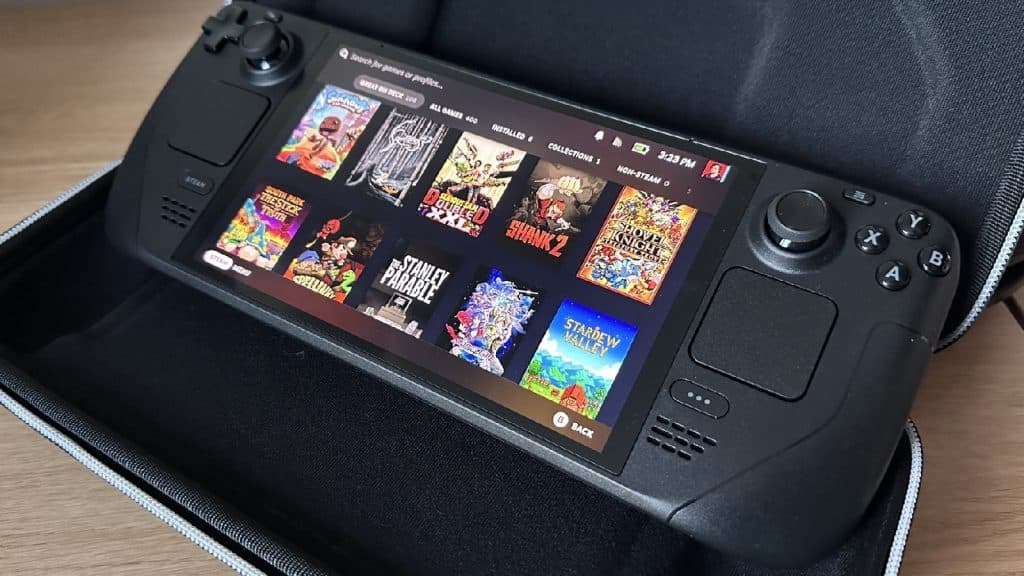 Dexerto
Dexerto With all that said, Microsoft could be one of the only companies to bring the heat in the handheld arena to compete with Valve’s Steam Deck dominance. It all just hinges on how slick the company can make the software experience, while also making a device open enough to compete with a fully-fledged handheld PC.
One way that Microsoft could differentiate its potential handheld is with its internal specifications. With the company’s access to a robust supply chain of parts, they could negotiate down the overall bill of materials cost for a handheld. When paired with making use of the latest mobile chipsets, such as Core Ultra or AMD’s Ryzen, they could also make a handheld with a “docked” mode.
Given that all we know of the rumored device is that it is “Switch”-like, then a dock could stand to bolster performance into a desktop-tier gaming device, if the company chooses to use tech like ThunderBolt 4 or OCuLink to attach it to a dedicated graphics card, or similar. We’ve seen companies try to do this previously, but if Microsoft can develop a custom solution that brings performance to a similar level to dedicated consoles, it could be a great way to get into a new market: The only issue is cost.
Pricing is key
When Valve announced the pricing of the Steam Deck, it was a breakthrough, as it was much cheaper than similar competitors, and used cutting-edge hardware, but never broke the bank. Microsoft would need to adopt a similar ethos, and price the device accordingly. If there’s an external dock, the company should seek to make it an optional addition, rather than a compulsory pack-in device.
Since all of the rumors are all still so early, it remains to be seen if we’ll even see a handheld at all. But, one thing is for certain, whatever they choose to release, it won’t be an easy ride.
